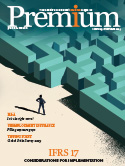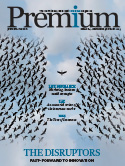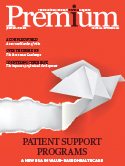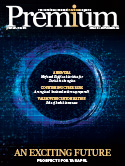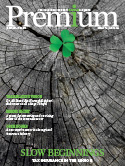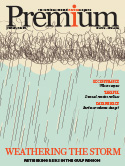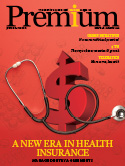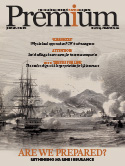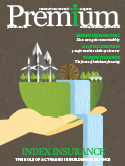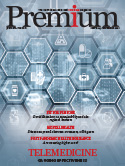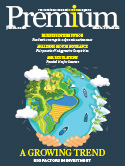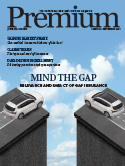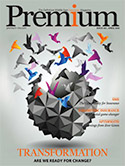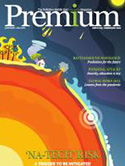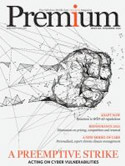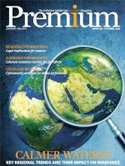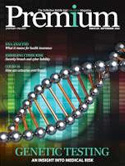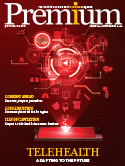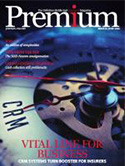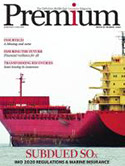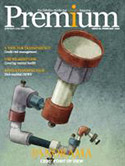Need of the Hour – the Health Care Actuary
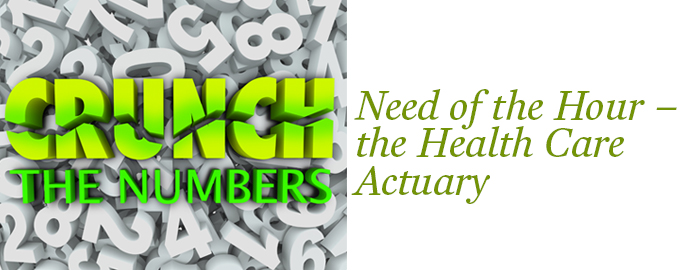
Insurers in the GCC region need to realise the importance of a focused health care actuary within their organisations, observes Syed Danish Ali.
Health insurance is the largest line of business within non-life business in the UAE and KSA in recent years. In the KSA, health is the largest insurance segment representing 59 percent of Gross Written Premium (GWP) and 68 percent on Net Written Premium in 2019 with retention ratio of 96 percent in the market as per the regulator SAMA[1]. In UAE, according to the regulator Insurance Authority, health insurance stands at 43.6 percent of GWP in 2018 and is the largest line of business. This huge growth and volumes should pave a way for health-specialised actuarial services that are present in developed countries. Generally, consultant actuaries look at reserving and pricing for health insurance whereas internal actuaries within companies largely handle group health pricing and product development. This barely scratches the surface of what analytics regime is required for health insurance through development of a specialised healthcare actuary workstream.
The healthcare actuary workstreams for different analytics can be:
- Cost containment,
- Analyzing medical inflation,
- Biostatistics/epidemiology,
- Fraud Wastage and Abuse (FWA) analytics,
- Provider network analytics,
- Healthcare economics,
- Marketing analytics, and
- COVID19 analytics.
But first a little context. Just like it seems strange to a US UK actuary that a single actuary senior consultant in the GCC handles a plethora of broad assignments (life, non-life, takaful, reinsurance, ERM, reserving, pricing, and more), it would also seem strange to US actuaries to advocate for healthcare actuary skillset in the GCC that they see as a normal standard. Overall, actuarial reserving has not entered stochastic loss reserving and pricing is also based on burning cost instead of GLM. Just like that, health insurance focus on FWA, biostats and data analytics remain absent or minimal at best. Making specific statements would be difficult because there is no market wide analytics that pinpoints these specific points in the first place. For instance, if FWA is common in dental, we first need to undertake FWA on market level itself to come to that assertion. We cannot currently highlight specific points. There are niche activities done in medical TPAs and some consultants, but they are not publicly available or done by a regulator for a market wide survey.
Moving on, as healthcare costs have risen to unsustainably high levels, ways to identify and implement cost containment becomes paramount. Claims analytics is a rich field where biostats can add a lot of value; for instance, different pricing reports for the top 10 diseases by ICD codes, can analyse claims by different diseases over the years for different benefit types, ages and socio-economic demographic features to pull out actionable insights as well as data driven insights that can be used to aid the insurer in negotiating with the hospitals and increasing awareness of the customers towards particular health issues. Analysing data through different ways over ICD Codes help to enrich the analysis considerably.
It is a common fact that 20-40 percent[2] of all health-sector resources are wasted and highlighted as health care leakages—waste, corruption, and fraud as the ninth leading source of inefficiency of health systems, according to the World Health Organisation. There are very well-known common indicators of FWA that are present within the data and there are also common types of FWA by different stakeholders in the supply chain. Comprehensive FWA analytics should be combined with local forensic personnel to minimise FWA. Any investment in this area is likely to lead to huge dividends.
Similarly, there are various ways that cost containment can be analysed within the data sets. Medical inflation can be analysed in different ways such as: most expensive procedures, most common procedures by age, benefit type, gender etc. to reveal the complex heterogeneity of medical inflation within claims. Insisting on a fixed number like 10 percent for medical inflation for 2020 works practically but diving further into key drivers of medical inflation can be used to generate a lot of actionable insights for the insurer to highlight, for example, healthcare procedures with the highest inflation, benefit types and so on.
Similar to credit scoreboard modeling for loan applications, risk scores can also be assigned to individuals requiring coverage for health insurance as well as for groups. This can be used to supplement the traditional pricing exercise that actuaries do by diving deep into the underwriting risk of the health portfolio across different parameters. For instance, a group having larger than average male population at 30-60 years of age might mean higher risk of catching COVID19 than others.
By analysing providers and networks, an insurer can highlight common pain points and align the networks with the insurer’s cost and quality strategies.
Healthcare economics is a broad field which can be loosely used to identify how various stakeholders interact structurally with each other and what measures can be taken to achieve a common objective. Some examples are assessing how consumers choose insurance, the element of uncertainty across the supply chain and its impact, the impact of insurance on user’s healthcare utilisation and so on. Determining pricing elasticity is an important area that actuaries can perform in order to maximise profits but in an ethical manner as actuaries are bound to ethical codes of conduct. Behavioral psychology can spur product development by helping identify consumer trends.
Similarly, for marketing analytics, through clustering algorithms, segments of customers can be identified within the datasets and it can be seen how their claims frequency, severity, and behaviour are different for different segments. Analysis of TPA datasets from customers, their complaints and lost business analysis can help identify what the customers want at what price and conditions to refine product development and deliver better products.
COVID-19 has also thrown the spotlight on health insurance and highlighted its importance to the masses. COVID-19 has also led to a wide analytics workstream to develop from covering its epidemiology to quantitatively assessing its impact of various insurance lines of business. Actuaries can handle pandemic modeling and assess impact (direct and indirect) of COVID-19 on health and other lines of business (and how to use the information for pricing and reserving like in premium deficiency reserves, setting of ultimate loss ratios and so on).

Syed Danish Ali, consulting actuary, PKF Al Bassem
Finally, all these analytics can be performed in a gradual manner; it does not have to start massively to end up without delivering anything. Most initiatives start out ambitiously with the best of intentions but fail because once one gets into the details, the road (from piloting to production) darkens. For instance, AI can only work if the required datasets are captured first. Companies can start small and slow by engaging actuaries and work their way upwards the analytical maturity curve over time. For instance, first analytics on currently available datasets can be performed. Then new data systems can be implemented to capture more comprehensive data. Then business intelligence and other tech systems like RPA, AI, ML can be applied and so on. The more transparent the analytics become, the better it can help the insurer and their group clients to improve and monitor the healthcare experience of their workforce. It can also lead to more data-driven negotiations without depending upon relationships or bargaining power of the parties.
All stakeholders can also utilise the analytical capabilities that actuaries have to offer.
Regulators can allow actuaries to analyse commonly shared pool of datasets to reveal market wide analytics on a vast number of areas; for instance, fraud strategies, medical claims inflation, diseases prevalence and so on. Regulators can also take actuarial input when making new policies, for example to reduce cost by shifting from branded to generic drugs, implementing value-based healthcare and overcoming its challenges etc.
In a nutshell, with health being the biggest line of business and with the spread of COVID19, the need for a healthcare actuary who covers the various workstream analytics identified here instead of only regulatory reserving and pricing for health insurance has never been greater or more urgent. It is hoped that this article contributes towards the top tier management of hospitals, TPAs, insurers, consultants and regulatory bodies to invest more towards the healthcare actuary and give due importance to this workstream. If they realise the importance and allocate budgets for this workstream, actuaries, despite being currently over-extended in their capacities, will follow the money and increase their capacities to develop this workstream to ensure a win-win for all parties involved.
[1]https://www.flandersinvestmentandtrade.com/export/sites/trade/files/market_studies/Healthcare percent20Industry percent20in percent20Saudi percent20Arabia.pdf
[2] Source; WHO Report 2010; Improving health system efficiency as a means of moving towards universal coverage available here: https://www.who.int/healthsystems/topics/financing/healthreport/28UCefficiency.pdf








